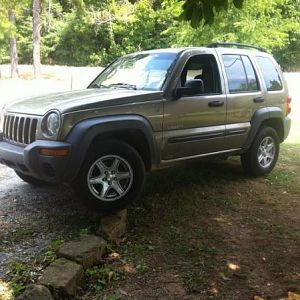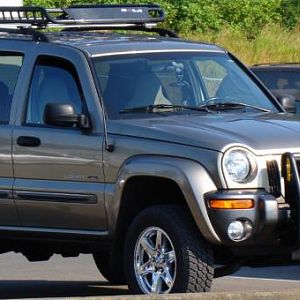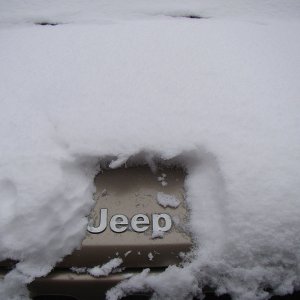I might be new to this forum, but I'm not new to Jeeps or 4x4. My wife has had a 2002 Liberty for 6 years now, and compared to the Wrangler I've owned for 10 years, or the Wagoneers I've owned for 15, or the Scouts before that, the Liberty is by far the most trouble prone vehicle, let alone 4x4, I've ever owned. We've used it pretty hard off road, but not nearly as hard as any others I've owned..primarily because we cannot trust it to hold together. In fact, it's been a 2 wheel drive Liberty for several months now, primarily because I've taken out the stock thowaway driveshaft that disintigrated, and I'm not interested in replacing it with a factory $500 replacement throwaway. I need something serviceable.
The Liberty is paid for, we're stuck with it, and I'm slowing re-building it the way Jeep should have done in the first place, so I'm curious about all of this drive shaft controversy. (I'm pretty soured by making car payments, so I'm not interested in trading it in for something new.)
Since a brand new Liberty comes with a u-joint style front drive shaft, and has for several years now, I am wondering what the difference is between the new Liberty's, and the old ones that use the trouble prone and expensive CV's, that makes it so U-joints cannot be used in the old ones? And if you've ever seen the angle on the rear drive shaft of a Wrangler, you'd see it is extreme to say the least, especially compared to the front of a Liberty, and in 150,000 miles, through water, mud, ice, snow, sand, etc. I've not replaced a u-joint on the Wrangler yet.
I'm not trying to be an ass, but I'm pretty up-front about letting folks know that the Liberty is NOT my favorite 4x4 by a long shot..but it's pretty comfortable on-road, so I do like it on long trips when there is some 4x4ing at the end. Our vacations almost always involve off-pavement. If I plan on spending my hard-earned money to fix the dang thing, I want to only have to do it once. I can replace u-joints every year if need be, and still save hundreds over buying more thowaway Chrysler driveshafts. If that is the only problem using u-joints, I can live with that. If using u-joints somehow destroys other parts, then I would like to know about that. Thanks.




![IMG 3854[1]](/data/xfmg/thumbnail/3/3279-064d1904aff84676dd2cb1ce93c640bc.jpg?1623784620)





